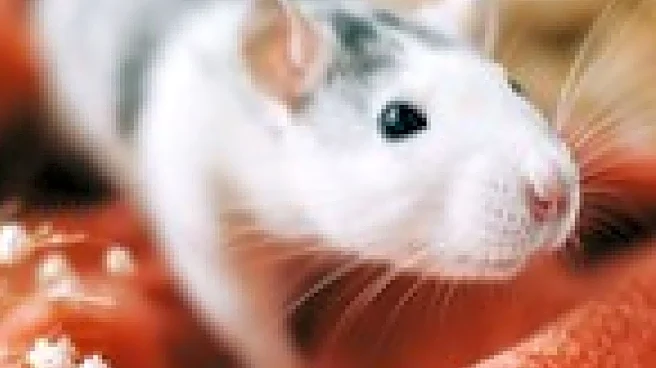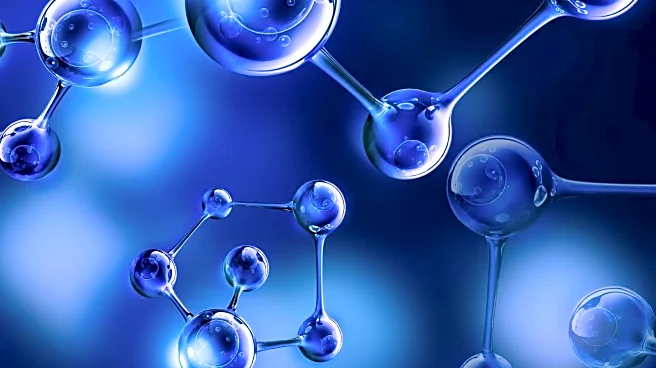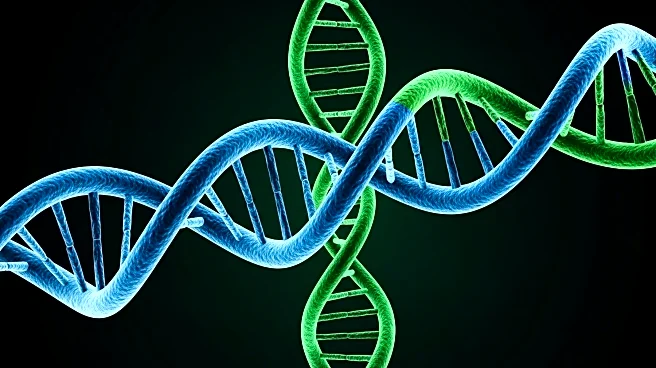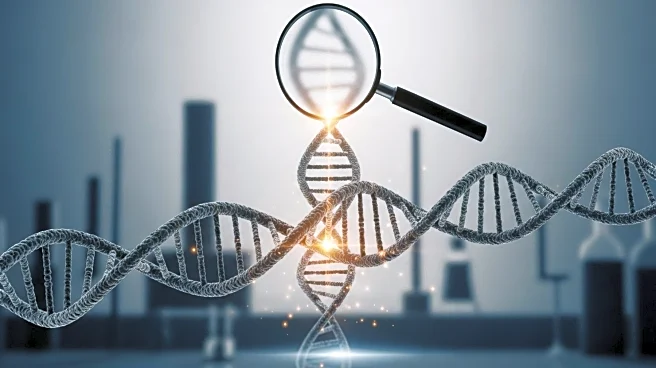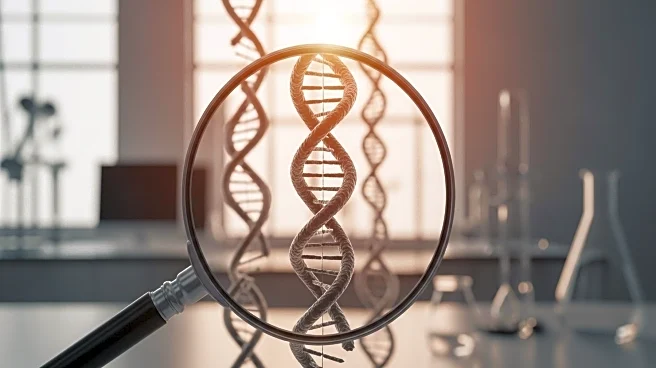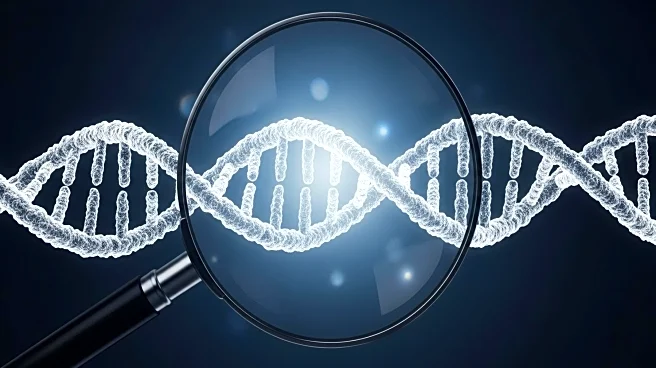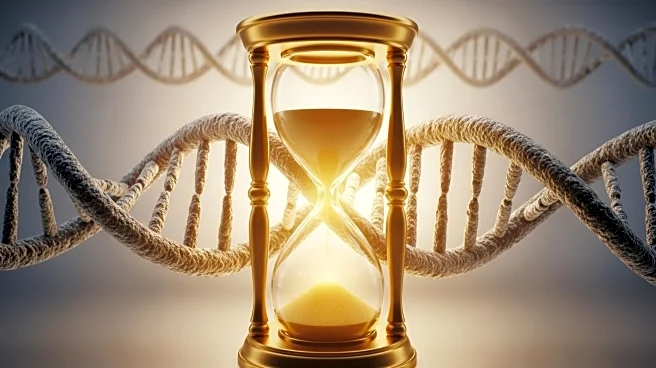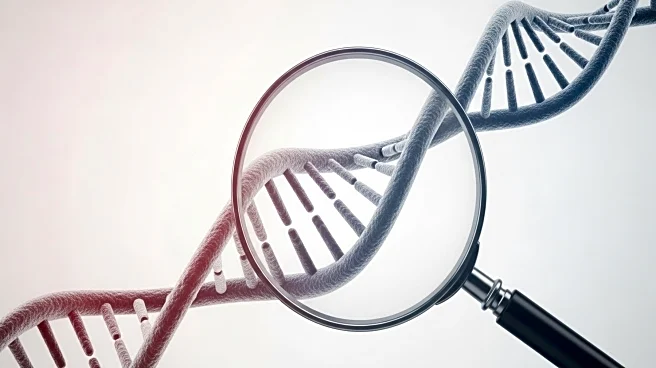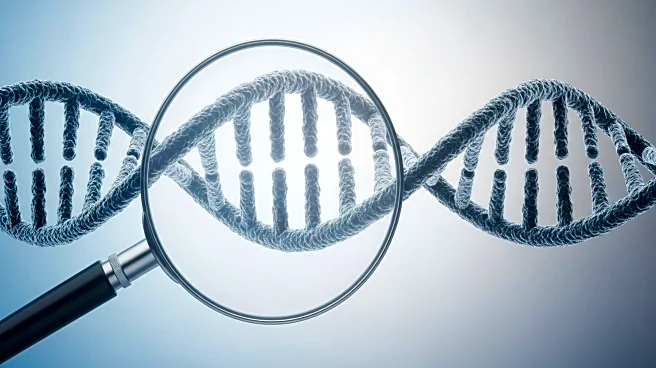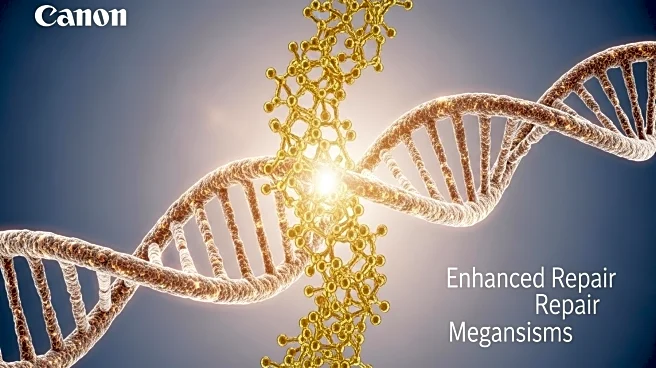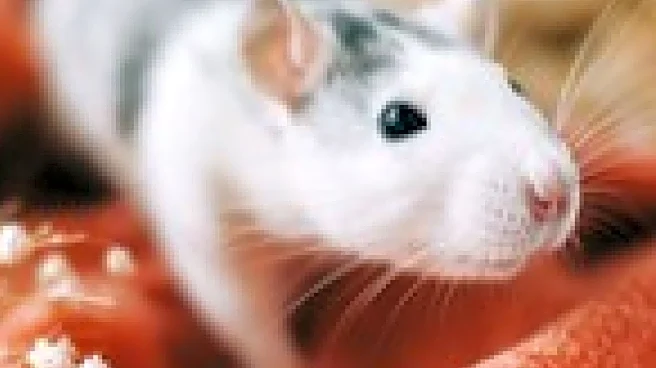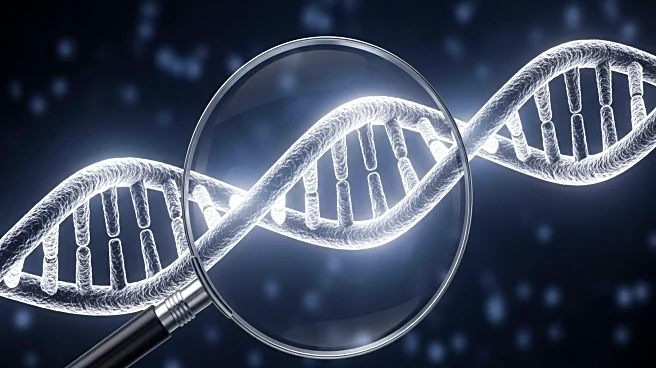What is the story about?
What's Happening?
A study has revealed that naked mole rats possess a unique DNA repair mechanism that may explain their long lifespans. These rodents, which can live up to 40 years, have evolved a variant of the protein cGAS that aids in DNA repair, contrary to its function in humans where it hampers the process. This discovery, led by researchers at Tonji University, highlights the mole rats' resistance to age-related diseases such as cancer and arthritis. The study suggests that the mole rats' ability to maintain their genetic code intact is a key factor in their longevity.
Why It's Important?
Understanding the genetic adaptations of naked mole rats offers valuable insights into the biological processes that contribute to longevity. By studying these mechanisms, scientists can explore potential applications for improving human health and extending lifespans. The research underscores the importance of DNA repair in preventing age-related diseases and maintaining cellular integrity. These findings could inform the development of therapies aimed at enhancing DNA repair processes in humans, potentially leading to breakthroughs in aging and disease prevention.
What's Next?
Further research is needed to explore how the mole rats' DNA repair mechanisms can be applied to human health. Scientists may investigate genetic modifications or pharmacological interventions that mimic the mole rats' DNA repair capabilities. These approaches could lead to new treatments for age-related diseases and contribute to extending human lifespans.
Beyond the Headlines
The study raises questions about the ethical implications of genetic modifications for longevity. It also prompts discussions on the potential impact of enhancing DNA repair processes on human health and aging.
AI Generated Content
Do you find this article useful?
